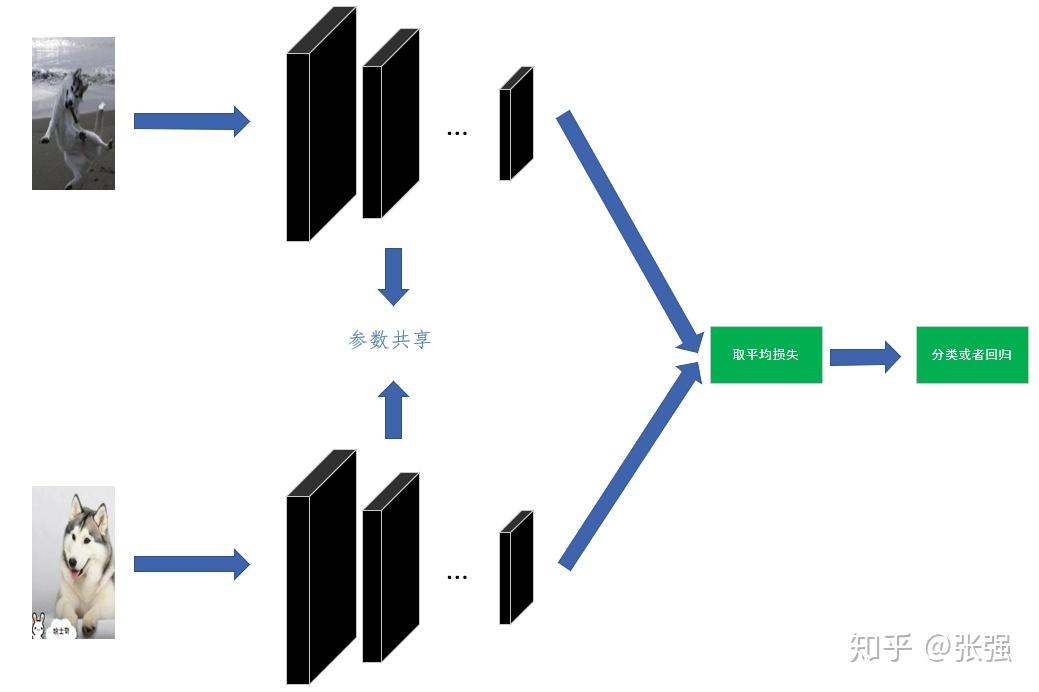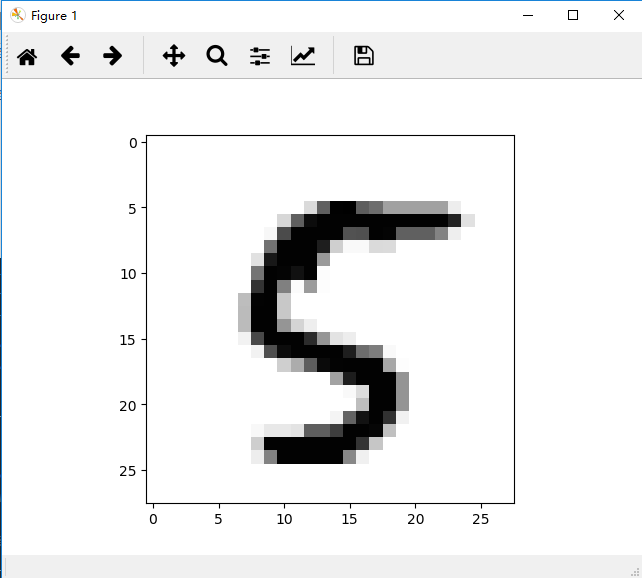


For example, you might want to resize an image so that it can be used on a website or in a document, or you might want to reduce the size of an image to save storage space. There are many reasons why you might want to resize an image. Image resizing is the process of changing the dimensions of a digital image.
#Tensorflow image resize how to#
In this article, we will show you how to use TensorFlow to resize images. TensorFlow allows you to resize images with great precision and control. It is open source and can be used on a variety of devices, including smartphones, laptops, and servers. TensorFlow is a powerful tool for resizing images. In this tutorial, you’ll learn how to use this function to resize images in TensorFlow 2.0. TensorFlow has a built-in function for resizing images: `tf.image.resize`. Otherwise, your model will have a hard time learning. But, when you’re training a machine learning model to recognize objects in images, you’ll need to have a consistent image size. Resized_image_pil = tf. come in all shapes and sizes. Resized_image_pil resizedImage = tf.image.resize_with_crop_or_pad(image, 14, 28) resizedImage = tf.image.resize_with_pad(image, 86, 240) If we don’t want to distort the images but we still want to fix the width and height, there are other functions that we can use, such as tf.image.crop_and_resize() or tf.image.resize_with_pad. resizedImage = tf.image.resize(image, (86, 240),preserve_aspect_ratio=True) But then we will not always have the same width and height. We can prevent distortion by setting the preserve_aspect_ratio parameter to True. resizedImage = tf.image.resize(image, (86, 240)) Note that if we don’t keep the same aspect ratio of the original image, the resized image will be warped. resizedImage = tf.image.resize(image, (86, 86)) Instead of reducing the size, let’s try to increase it. Resized_image_pil = tf._to_img(resizedImage) Let’s resize the image to half the size resizedImage = tf.image.resize(image, (14, 14)) The actual MNIST images are in grayscale and are tiny.Īll the images returned by our data set are returned as tensors of shape (28, 28, 1) Ignore the fact that for easier visualization we have increased the size of each image and colorized the images when displaying the images using matplotlib. Now we have an idea how what our dataset looks like.
#Tensorflow image resize download#
Let’s download the dataset and visualise it with Matplotlib: import tensorflow as tfĭs = tfds.load('mnist', split='train', shuffle_files=True)ĭs_batch = ds.shuffle(1024).batch(32).prefetch(tf.data.AUTOTUNE) Using Tensorflow its really easy to download this dataset! The MNIST dataset is a popular dataset of hand written digits used in educational machine learning projects. Therefore to learn how to resize images, we are going to use the Mnist dataset. The best way to learn how to use tf.image.resize, is to learn by example.
#Tensorflow image resize full#
You can see a full list of options in the Tensorflow API.

The method controls the different algorithms that we can use for resizing. In Tensorflow we can use tf.image.resize() to resize images to different resolutions. When dealing with training data, you often need to resize images to a fixed size, according to the architecture of the machine learning model that you want to use.


 0 kommentar(er)
0 kommentar(er)
